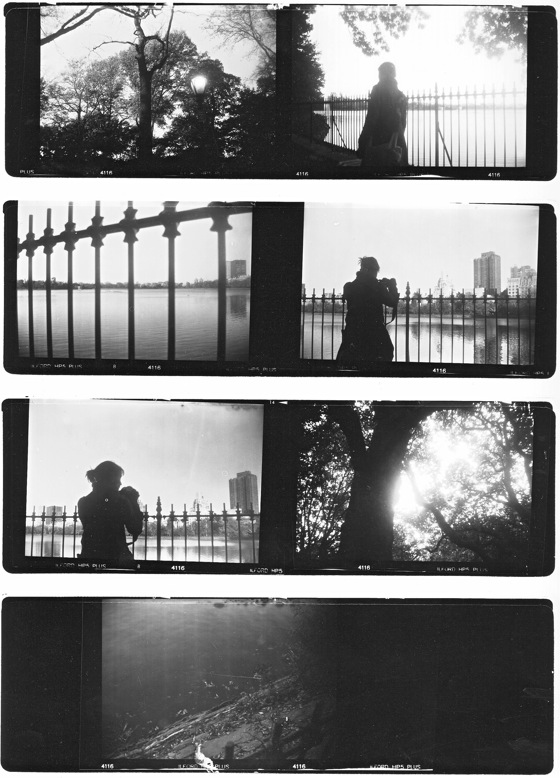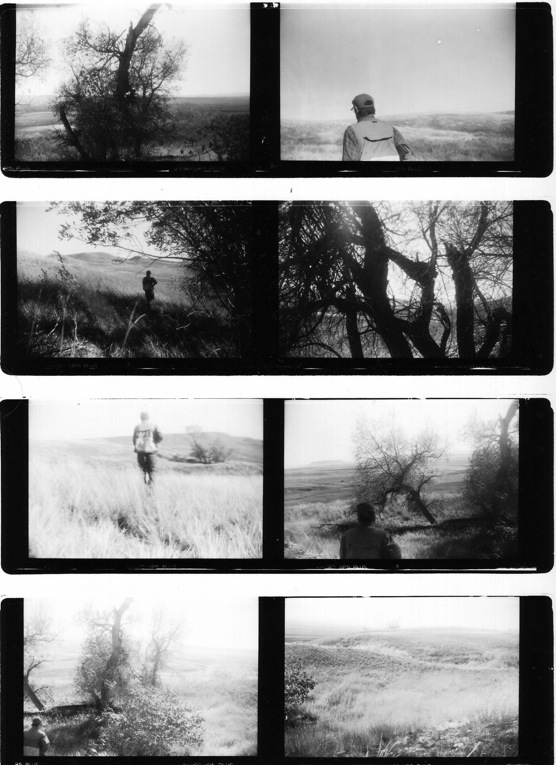MARC TRIVIER
![]()
GALERIE BERNARD BOUCHE
123 RUE VIEILLE-DU-TEMPLE 75003 PARIS ![]()
T. 01 42 72 60 03 email
1er avril > 13 mai, 2017
 Central Park NY. Photographie noir et blanc 50 x 50 cm |
 Kafka et la neige. Photographie noir et blanc 50 x 50 cm |
 Simms Creek 2 (Rick Baas) Photographie noir et blanc. 50 x 50 cm |
 Cerisier Photographie noir et blanc. 50 x 50 cm |
Marc Trivier was born in Belgium in 1960. He began shooting in the late 70’s while traveling around the world and taking portraits of artists and writers he admired. The young twenty-year-old unknown man then met Francis Bacon, Andy Warhol, Samuel Beckett, Emile Cioran, Thomas Bernhard, Jorge-Luis Borges, John Cage, Michel Foucault and Jean Genet. During the late 80’s, his work was unanimously recognized and he received the prestigious Young Photographer Award in 1988. Acknowledged but discreet, he chose a life outside of the art world. He takes his time to produce his work and doesn’t exhibit it much. He had an exhibit at the Palais de Tokyo in Paris in 1988 and at the Elysée Lausanne Museum in 1988, at the C.R.P Douchy les Mines in 2002, at the Casino Luxembourg in 2002 and at the Maison Européenne de la Photographie in Paris in 2011.
According to Jean-Christophe Bailly, the artist's sequences (between four to eight images) obtained on the Kodak Box "have an immediate and strange effect which evolve between the repetition and the narrative". What matters isn't the photograph itself than "the quest of the key moment". Consequently Jean-Christophe Bailly alludes to the distension of time as "a temporal flow". He then explains that: "we see them as brief sequences which occurred in the unknown and still belong there."
According to Jean-Christophe Bailly, the artist's sequences (between four to eight images) obtained on the Kodak Box "have an immediate and strange effect which evolve between the repetition and the narrative". What matters isn't the photograph itself than "the quest of the key moment". Consequently Jean-Christophe Bailly alludes to the distension of time as "a temporal flow". He then explains that: "we see them as brief sequences which occurred in the unknown and still belong there."




Opening :
1er avril







